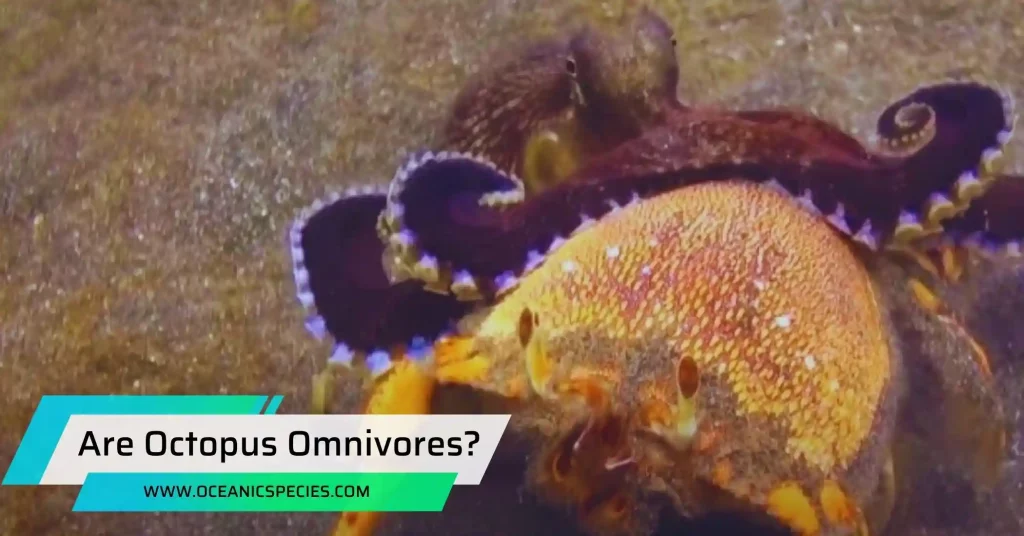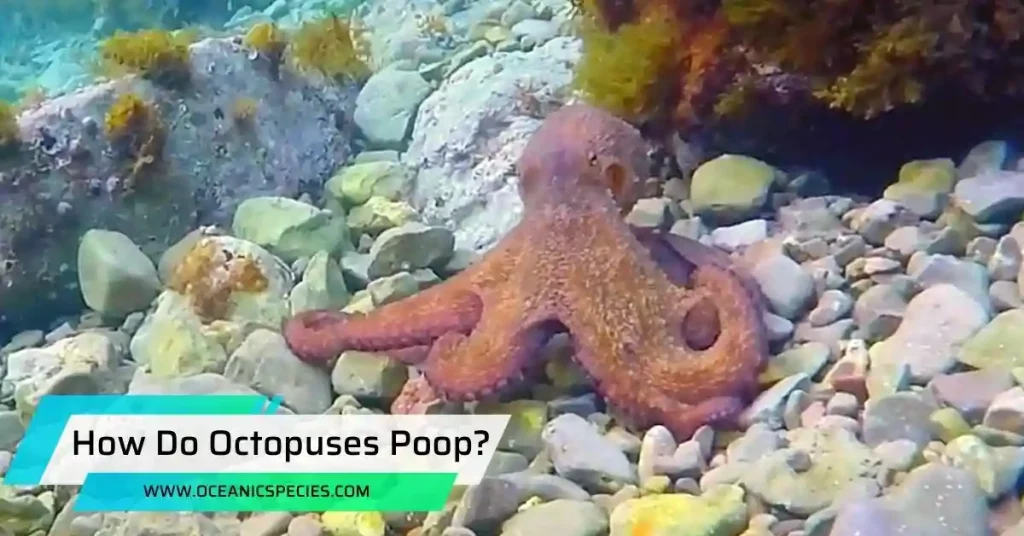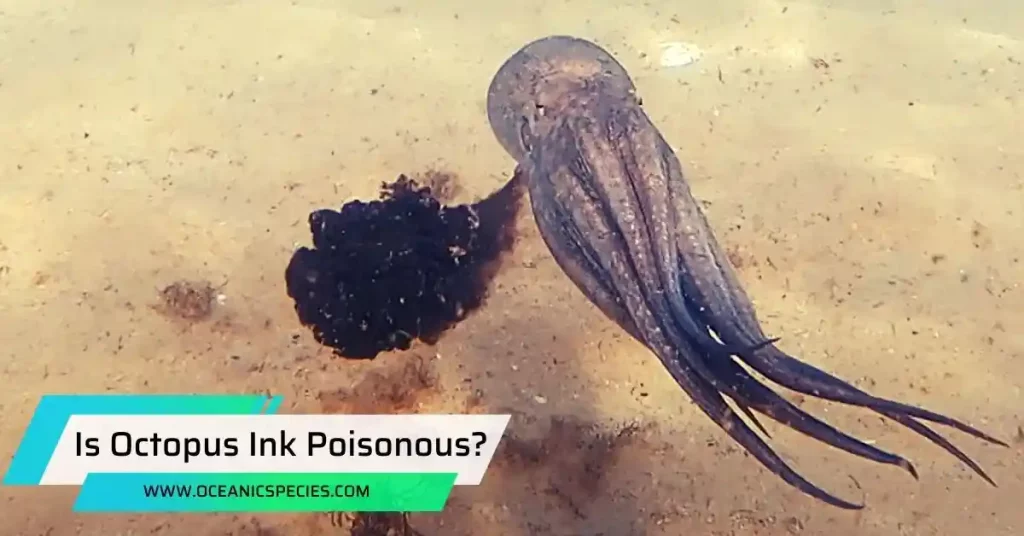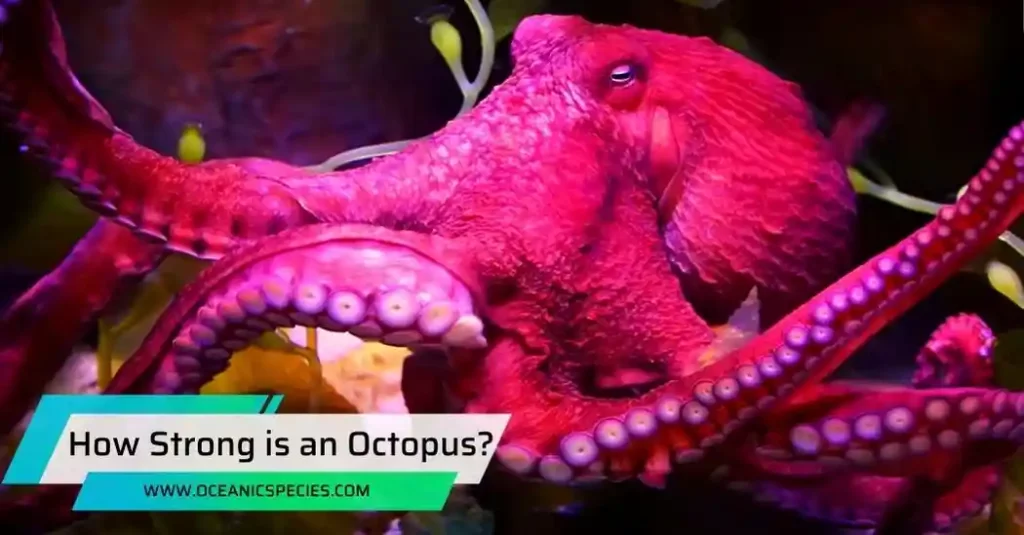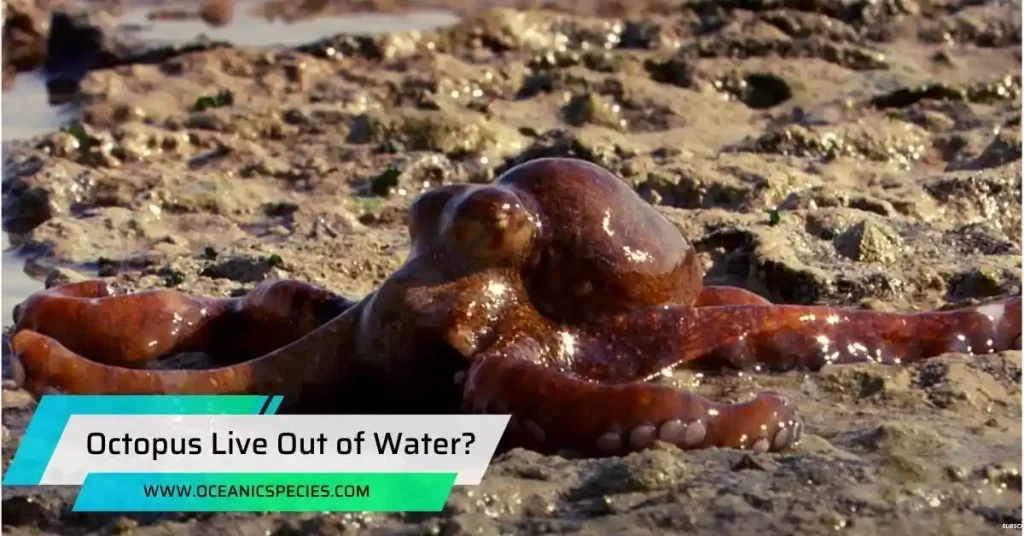Yes, octopus are omnivores. Octopuses have a diet that includes both plant matter and meat.
They are skilled hunters and use their eight arms to capture prey such as fish, crustaceans, and mollusks. Additionally, they may also consume algae and other plant material found in their environment. Despite being carnivorous, their omnivorous diet allows them to adapt to various food sources based on availability and their specific habitat.
Octopuses have a beak-like mouth that they use to tear apart their prey, making them efficient hunters in both marine and coastal ecosystems.
Octopus Diet: Carnivorous Feeding Habits
Octopuses are carnivorous creatures, exclusively feeding on meat. They have a diverse diet that includes fish, crustaceans, and mollusks. Octopuses are skilled hunters, using their eight arms to capture and restrain their prey.
Octopuses As Carnivores:
Octopuses are fascinating creatures known for their incredible hunting skills and unique feeding habits. As carnivores, they rely on a diet consisting primarily of other animals. Let’s explore the carnivorous feeding habits of these intelligent creatures.
Prey Includes Fish, Crustaceans, And Mollusks:
Octopuses have a diverse range of prey that they hunt and consume. Their carnivorous diet mainly consists of the following:
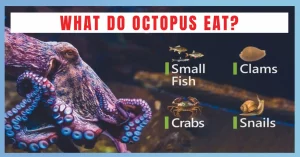
- Fish: Octopuses are skilled hunters of small fish, which they capture using their tentacles and razor-sharp beaks. They have been observed ambushing fish and engulfing them with their powerful suckers.
- Crustaceans: Crabs, lobsters, and shrimp are also on the menu for octopuses. With their remarkable dexterity and camouflage abilities, they can stealthily seize crustaceans and quickly subdue them.
- Mollusks: Octopuses are known to have a particular affinity for mollusks like clams and snails. They use their muscular arms to pry open shells and extract the soft, nutritious flesh inside.
Hunting Techniques And The Use Of Their Eight Arms:
Octopuses are expert hunters, utilizing their unique anatomy to their advantage. Here are some fascinating hunting techniques they employ:
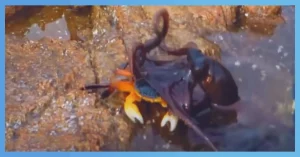
- Ambushing: Octopuses are masters of disguise and often camouflage themselves with their surroundings. They patiently wait for unsuspecting prey to come close, then swiftly grab them with their powerful tentacles.
- Jet propulsion: In addition to their camouflage skills, octopuses can also use water jet propulsion to reach their prey quickly. They expel water forcefully from their funnel-shaped siphon, propelling themselves towards their target with remarkable speed and precision.
- Arms as tools: The eight arms of an octopus are incredibly versatile and serve as multi-purpose tools during hunting. They can crawl, reach, and wrap around prey, immobilizing them effectively.
Octopus Diet: Omnivorous Tendencies
.Let’s explore the evidence of omnivorous behavior in octopuses and discover some examples of specific species and their omnivorous habits.
Evidence Of Omnivorous Behavior In Octopuses:
Octopuses have been observed consuming a variety of plant matter, including algae and seagrass. This provides them with essential nutrients and serves as a valuable food source.
In aquarium settings, octopuses have been seen feasting on lettuce and other leafy greens. This behavior suggests their ability to diversify their diet and adapt to available food options.
Studies have shown that octopuses possess specialized enzymes in their saliva and digestive system, which help them break down and extract nutrients from plant matter. This adaptation further supports their omnivorous behavior.
Consumption Of Plant Matter And Other Non-Animal Food Sources:
Octopuses are known to scavenge for food, and they often come across plant matter, such as floating seaweed or fallen leaves. They have been observed consuming these food sources, indicating their willingness to consume non-animal matter.
Some octopus species have been observed incorporating shells and other natural materials into their diet. They may consume these items for their mineral content or use them as a source of calcium.
Examples Of Specific Species And Their Omnivorous Habits:
The common octopus (Octopus vulgaris) is a well-known omnivorous species. It feeds on a wide range of prey, including fish, crustaceans, and mollusks. Additionally, it has been observed consuming algae and other plant matter.
The veined octopus (Amphioctopus marginatus) demonstrates remarkable intelligence and exhibits omnivorous behavior. It has been observed using coconut shells as both a shelter and a tool for capturing prey. This species has also been seen consuming small crabs, shrimp, and various plant materials.
The benthic octopus (Octopus joubini) has been observed consuming seagrass, digested gastropod shells, and other plant materials as part of its diet.
Factors Influencing Octopus Diet
Let’s explore the environmental factors affecting their diet, the prey availability and adaptation to different habitats, and the impact of climate change and human activities on their food sources.
Environmental Factors Affecting The Diet Of Octopuses:
- Water temperature: Octopuses are ectothermic, meaning their body temperature is regulated by the environment. Water temperature plays a crucial role in determining the types of prey available and the metabolic rate of the octopus.
- Salinity: Octopuses are sensitive to changes in salinity. Different species have different salinity preferences, which can influence the availability of certain prey in different habitats.
- Depth and light: Octopuses inhabit different depths in the ocean, from shallow coastal areas to the deep sea. Light levels decrease with depth, impacting the visibility of prey. This influences the hunting behavior and diet of octopuses in different regions.
- Substrate and hiding places: The substrate, such as rocks, coral reefs, or sandy bottoms, affects the availability of prey and the ability of octopuses to camouflage and hide while hunting. It also determines the types of prey that can be found in a specific habitat.
Prey Availability And Adaptation To Different Habitats:
- Cephalopod prey: Octopuses are skilled hunters and feed on a variety of prey, with a preference for cephalopods like squid and small fish. They use their clever tactics, such as camouflage, jet propulsion, and venomous bites, to catch their fast-moving prey.
- Crustacean prey: Octopuses are also known to feed on crustaceans like crabs and lobsters. Their strong beak-like mouthparts help them crush the shells and extract the meat of these prey items.
- Bivalve prey: Some octopus species have specialized in feeding on bivalve mollusks like clams and mussels. They use their powerful arms to pry open the shells and access the soft tissues inside.
- Feeding adaptations: Octopuses have remarkable feeding adaptations, including their radula (a tonguelike organ with rows of tiny teeth), strong suckers, and flexible bodies. These adaptations allow them to manipulate and consume a wide range of prey.
Impact Of Climate Change And Human Activities On Their Diet:
- Changing ocean temperatures: Climate change affects the distribution and abundance of prey species, potentially impacting the availability of food for octopuses. Changes in water temperature can also affect their metabolic rates and energy requirements.
- Ocean acidification: Increasing carbon dioxide levels in the atmosphere contribute to ocean acidification, which can affect the availability and quality of prey for octopuses. Some prey species may be more vulnerable to the effects of acidification than others.
- Overfishing and habitat destruction: Human activities like overfishing and destructive fishing practices can deplete the populations of prey species that octopuses rely on. Habitat destruction, such as the destruction of coral reefs and coastal ecosystems, can also reduce the availability of suitable habitats for octopuses.
- Pollution and contaminants: Pollution in the form of plastics, heavy metals, and chemical pollutants can accumulate in the tissues of prey species. When octopuses consume contaminated prey, it can have negative health effects on them.
Frequently Asked Questions
Does Octopus Eat Meat And Plants?
Octopuses are carnivores and mainly eat meat. They feed on a variety of prey including fish, crustaceans, and mollusks.
Do Octopus Eat Other Animals?
Octopuses are carnivores and primarily feed on fish, crustaceans, and mollusks. They are skilled hunters and use their arms to capture prey.
Conclusion
Octopuses are fascinating creatures that exhibit a diverse range of feeding habits. While their classification as carnivores is well-established, some species of octopus display omnivorous tendencies. These adaptable creatures have been observed to consume not only various types of fish and crustaceans but also plants and algae.
Octopuses are known for their exceptional problem-solving abilities, and their foraging techniques often involve utilizing their eight arms to capture and manipulate food. Understanding the feeding habits of octopuses is essential for their proper care and conservation. By considering their omnivorous nature, scientists and marine biologists can provide a well-rounded diet in captivity that mimics their natural habitat.

